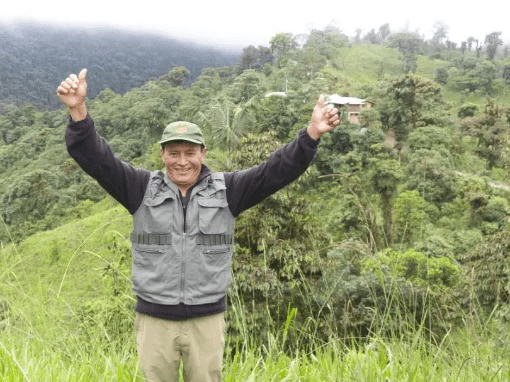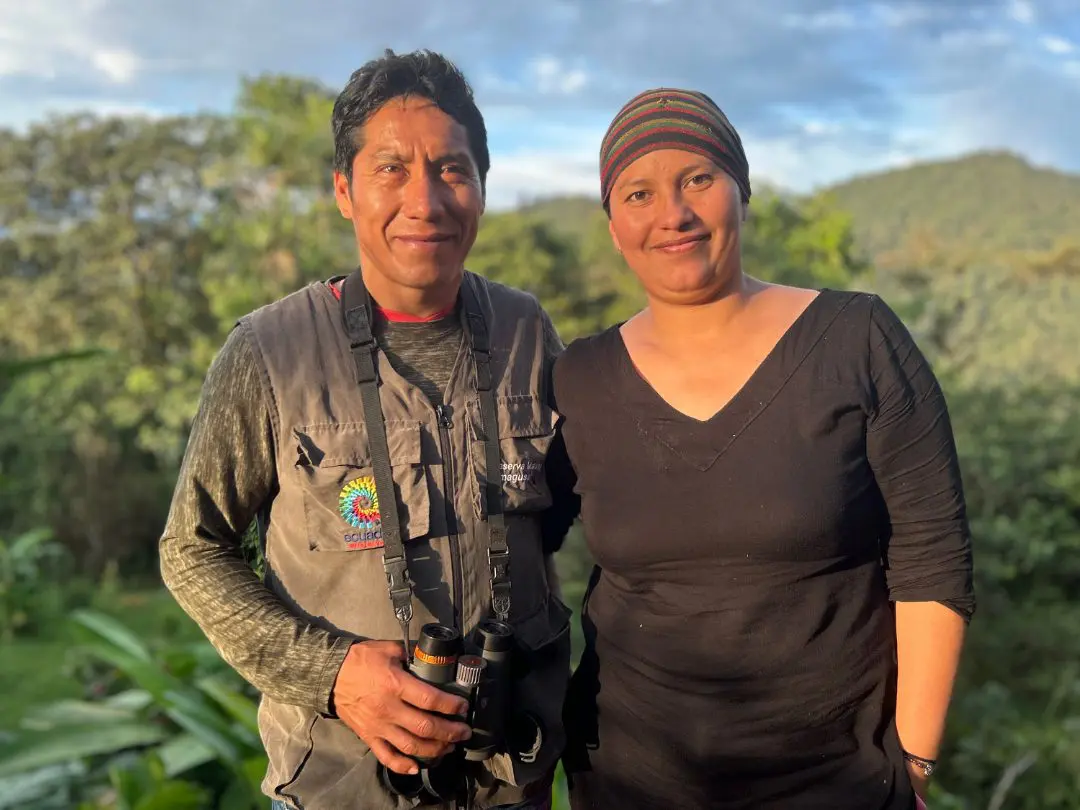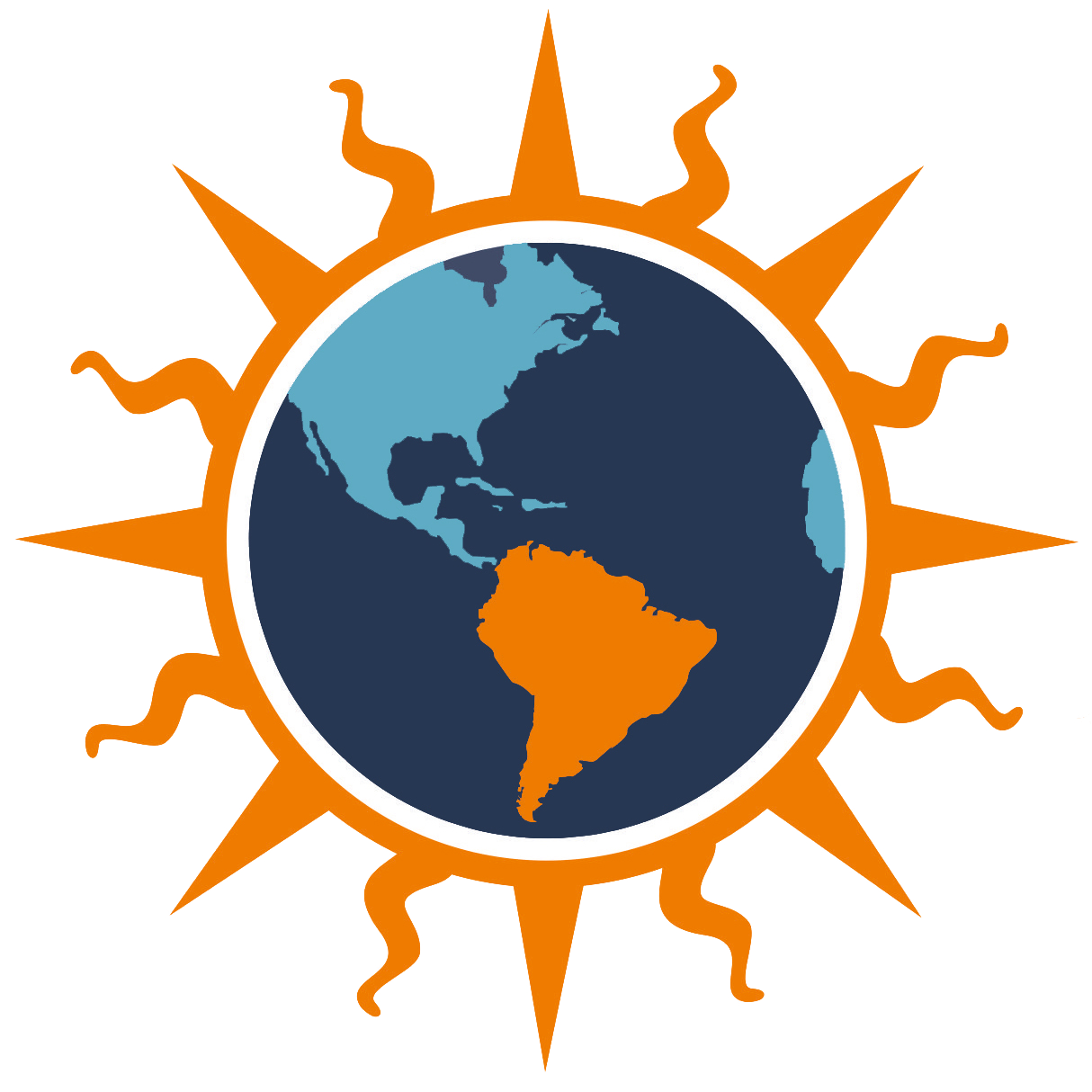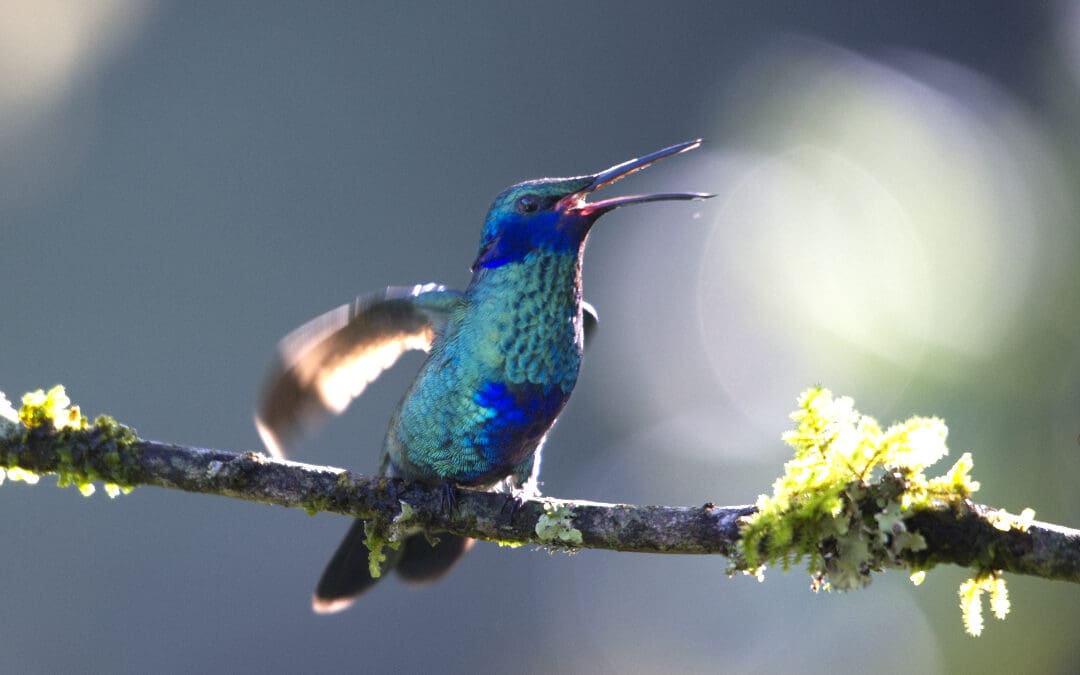Whether you’re looking to purchase land for conservation purposes or to reforest and protect endangered habitats you already own, having a well-structured fundraising plan in place is key.
Creating a successful conservation fundraising campaign requires careful planning. This includes having a clear understanding of your goals and the resources needed to achieve them. Here’s a list of important items you should consider before you start asking others for money:
Build a Fundraising Package
It is important to speak about your project with confidence. That means knowing your project inside and out before reaching out to potential donors.
Always start with the basics. Where is the property located? This should include the city, province, and country, as well as a map that clearly shows the boundaries of your project.
Next, it is important to describe the property in detail. Here are some questions to consider:
- What size is the property? Provide both hectares and acres when working with an international audience.
- What is its ecological importance? Does this property include a unique habitat?
- What species does the property support?
- Are any of the species threatened or endangered in the immediate area?
- What threats does the property face if you do not fund your project?
These details should always include supporting evidence. Add links to active eBird hotspots to document bird sightings or to iNaturalist to document unique flora and fauna. Collect photos and videos of animals and plants taken on the property. Document deforestation on nearby property. Include links to research studies conducted on or near the property.
Finally, you need to provide background information on the title and ownership of the land. If you own the land already and are raising funds to further protect or improve it, it is still a good idea to include a copy of the title in any fundraising materials. Land ownership in many South American countries is complicated and showing clear ownership builds trust with a potential donor.
Bonus Tip: It also helps to know this same information for neighboring properties. Who owns them and what is the primary purpose of their property? What are their short term and long term plans? How will these impact your project? Mention any protected areas, like National Parks or neighboring nature reserves. Consider creating a Google Map that shows your project in mymaps.google.com or can be uploaded to Google Earth.
If you do not own the land, here are some questions to consider:
- Who has title to the land?
- Are their liens on the property?
- How do you know the owner is willing to sell the land to you? Is this a verbal agreement, or do you have a written contract?
- Are you the only person interested in buying the property? If not, who are the other potential buyers? What will they do with the land?
- Is their a deadline to purchase the property?
- How much does the property cost per hectare? Is the price asked reasonable for the area?
Consider Legal and Ethical issues
Address any legal and ethical considerations related to land acquisition and conservation efforts. Transparency in these areas is crucial for donor confidence.
If the land is Indigenous-owned and your organization is not Indigenous-led, consider the legal, ethical, and moral implications of purchasing this land. How will you explain this in the fundraising story? Donors are much less likely to help projects that endanger Indigenous connections to the land they steward, even when that property may be in danger of being deforested.
Create a Transparent Budget
Offer a transparent and detailed budget that outlines how the funds will be used. Include costs related to land acquisition, legal fees, restoration activities, and any ongoing maintenance or protection measures. Additionally, fundraising for a large amount of money may require advertising on Facebook, Instagram, or Google Ads. Including advertising expenses in your budget makes sense.
We also recommend adding a 10-15% administrative fee. This will give you a buffer to pay for the administration of the project.
Bonus Tip: When creating a budget, don’t forget your in-kind contributions. If you or others are donating your time, this is an in-kind contribution. Donations of goods, land, tools, equipment, etc. can also be in-kind contributions. Donors like to know that the person or organization asking for money is doing their part.
Explain Your Project’s Full Impact
Your project’s impact need not be limited to the flora and fauna of the region. Your project may have an impact on the local economy, a community tourism project, or even your own family business. It is important to consider all of these, especially in the initial planning stages.
Detail the specific actions you’ll take, such as purchasing X acres of land, planting X number of trees, hiring X number of people, or implementing X number of conservation measures to protect critical habitats.
Bonus Tip: Many donors will ask how you plan to protect this property for the long term. It is difficult to guarantee the long term protection of property when it is owned by an individual, a family, or a business. Donors often prefer supporting communities, foundations, and other non-profit organizations. If you want to maintain ownership as an individual, then consider leasing the land to an organization that will help you protect the property for the next 50 to 100 years.
Share Your Connection to the Fundraiser
A compelling fundraiser includes stories of personal connection. It is important to have your story written down. Some questions to ask yourself are:
- Why are you important to this fundraiser?
- How did you get involved with this project?
- Has working on this project changed you in some way?
Stories of transformation are inspirational and your story may be the trigger to convincing a person to donate.
Bonus Tip: If you don’t like to write, become an oral storyteller. Practice speaking your story to yourself, your family, and your friends. When you think it sounds good, video yourself and use the transcript as the basis of your written story. You will be able to use that video later when asking people to donate to your cause.
Engage Partners and Collaborators
Highlight any partnerships with local communities, conservation organizations, or governmental bodies. Collaboration can enhance the credibility of your project and demonstrate a broader commitment to conservation goals.
Bonus Tip: A partner or collaborator might also be a donor. If they are willing to donate funds, consider using those to create a “matching donor” campaign. Or ask them to hold their donation until the first day of your campaign; then you can begin the campaign on a positive note with an immediate donation.
Share Success Stories
If applicable, share examples of previous successful conservation projects you’ve undertaken or helped with. This can help build trust with potential donors and illustrate the impact their contributions can make.
Include Your Long-Term Plans
Discuss the long-term sustainability of the conservation area once the fundraising campaign’s immediate goals are met. This could include plans for ongoing protection, community involvement, or integration into larger conservation networks. It is okay to be aspirational. However, if your long term plans seem unattainable, it will make fundraising more difficult. Today’s donors want to make an immediate difference with long term impact.
In Conclusion
Once you have compiled this information, you are ready to start writing copy for your fundraiser. We will address how to do that in our next article.
NYAA-Consulting Success Stories

Refugio Paz de Las Aves
In 2022, the Paz family needed to raise over $150,000 to save their eco-tourism business. Read their story here.

Reserva Mashpi Amagusa
In 2023, Sergio Basantes and Doris Villalba needed to raise $80,000 to protect their eco-tourism business. Read their story here.

